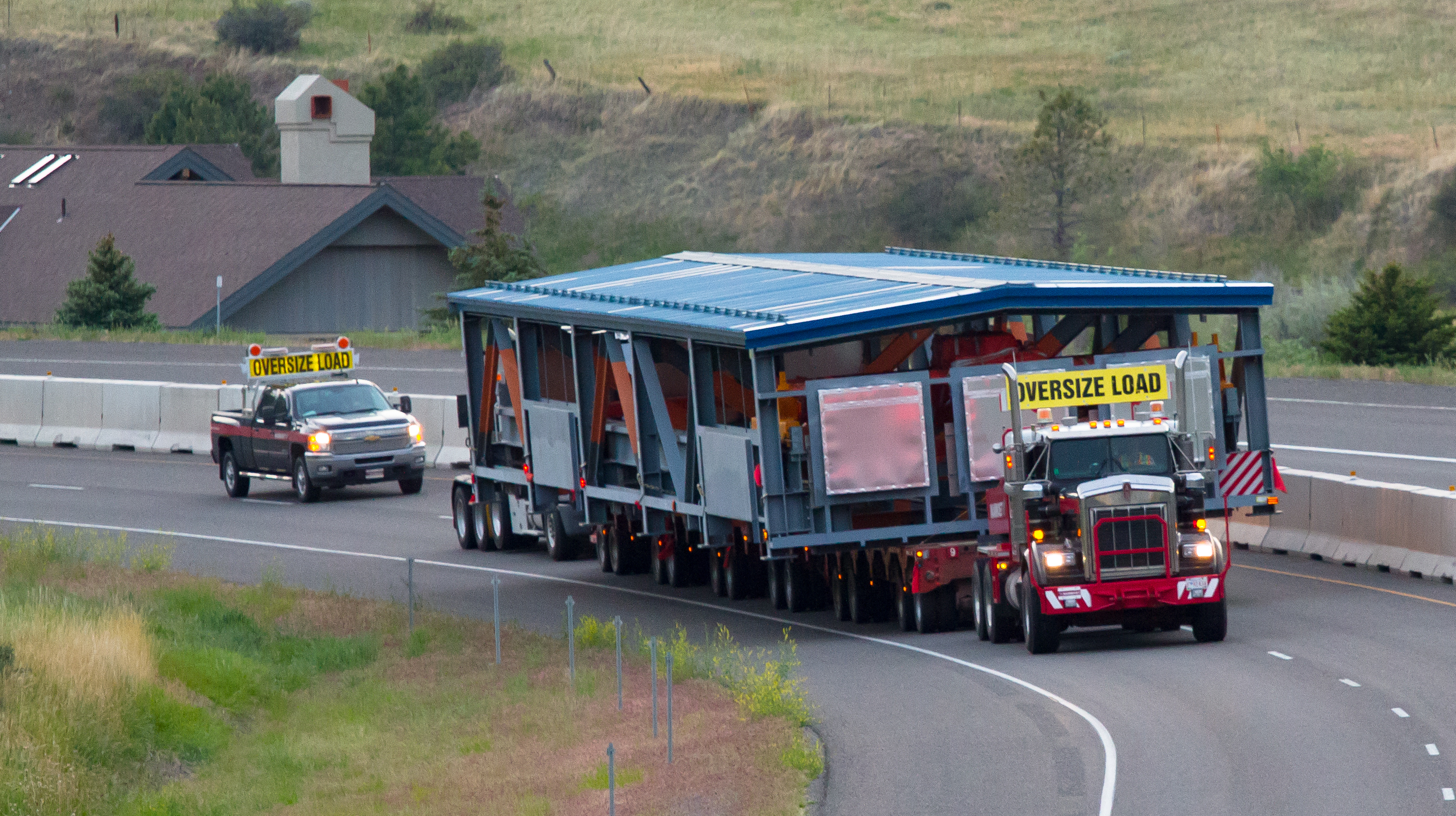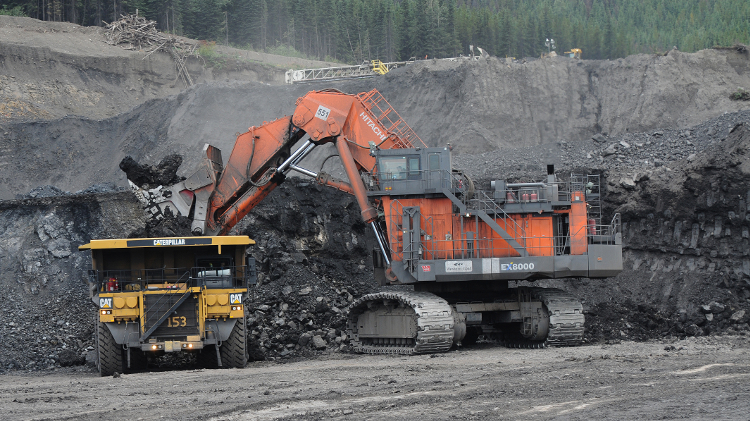Originally trained in pure physics, Malcolm Powell, professor of sustainable comminution at the University of Queensland, has applied his knowledge to what happens to rocks inside a mill, with the goal of developing a Unified Comminution Model (UCM) to bring all comminution models together onto a common base. The model is based on the idea that the same physical processes occur in all comminution devices, the only difference being the proportion and intensity. Therefore the UCM calculates the mechanical environment of the device in question, combined with rock breakage tests, thereby modelling the process rather than the outcome of a particular device. Among the many advantages of a UCM, it could incorporate liberation and model novel comminution devices.
CIM: What path led you to your current occupation?
Malcolm Powell: I grew up in Durban, South Africa, where I studied physics before taking up employment at Mintek [South African Government research institute]. I took up engineering mill liners, but with a physics spin leading into a Masters then PhD in mechanical engineering part-time through the University of Cape Town. When I finished my PhD I went travelling for four years. I drove an old Range Rover across Africa for a year, I lived in London for a spell and travelled another year throughout Asia. It was an amazing life experience. Then I got back and started a new career in Cape Town from scratch, which eventually took me to Australia. [In the four-year break I established] a company called Liner Design Services, and I have software called MillTraj for predicting the motion of the balls in a mill to support liner design. It’s used in the industry world-wide.
CIM: How did your idea of creating a UCM come together?
Powell: I realized that our existing comminution models had unbridgeable gaps. You can’t evolve an empirical model into one that is based on physics. You have to start again. The [modelling] must go back to the physics of the process. I had a sufficient understanding of the equipment and processes by then to conceptualize a model that was built from the fundamentals of interactions in the mechanical environment. The time was right because by this point we had a tool called Discreet Element Modelling (DEM), which is a mathematical insight into the mechanical action inside the crushing and grinding equipment, that we couldn’t have possibly done 30 years ago. Now with DEM we’re [modelling] a million particles interacting with each other, what’s colliding with what, and with what force. We can see the mechanics that are driving the breakage process. With the UCM, we know there’s rocks and balls crashing into each other, liners hitting things, and we can work out the forces and the rate of interaction. The UCM is the platform, the DEM is a newish input we can include.
CIM: How might the UCM work in practice?
Powell: You have your rock, which is going to be exposed to that mechanical environment [of a crusher or mill], so I will separately characterize my material according to the mechanical environment I have predicted for my equipment. We’ve never been able to do that before. I’ll do the simulation of the equipment first, and that will tell me what my rock test should be. Rock tests look at the strength of a rock, what it breaks into, and we calibrate that information into models using empirical scaling relationships. I make sure to test the rock in a way that is appropriate for the equipment, and that way I’m not having to do empirical scaling. So it feeds in directly, the rock is under this range of stresses, or impact forces, which I measured in my lab to characterize the rock. I plug those numbers straight into the model because that’s the mechanical environment that the rocks will see in the model. This is a step change, and no one else had taken that approach.
Now you must consider transport. This material must move through the crushing/grinding device. You can use computational techniques to predict this, as well as physical measurements. It’s important to mechanistically model transport of material through a device, whether it’s a crusher or a mill. And such a transport model needs to [consider] particle size, density, the way you feed the equipment, et cetera.
CIM: Based on the modelling, can you tailor your comminution circuit design?
Powell: When you take this approach, you can rethink what your process is, yes. With the UCM I can measure how the rock breaks and I can predict mechanical environments. So you want to design the local environment as much as you can to apply just enough work to the rock, and move it out immediately without doing more [than is necessary]. So if you think of a mill, it’s anywhere from five to 20 metres long, and if a particle right at the front gets broken to the required size to expose the mineral, it spends another 20 minutes getting beaten to death as it travels down the mill. There’s no choice, it can’t escape. So you’re doing much more work than you need to do. And to me that’s the opportunity. Less breakage actually becomes the objective, and you can then dramatically slash the amount of work you’re doing. So you want to break it and transport it as fast as possible. And you can use that as a basis for designing your equipment.
CIM: What will a UCM allow us to do that we aren’t doing now?
Powell: It allows us to turn the usual story around: instead of asking, “how can I improve the mill and crusher?” ask “what do I need to do to the rock?” In comminution, I seek to do as little work as possible to the rock to expose the mineral just enough that I can recover it. In the 1960s, it was like, “let’s grind it all into dust and we’ll get recovery.” You can’t afford to do that anymore, so you shift the paradigm and look at it from the other side. And the next step then becomes, “can I grind or crush it in a way so I can get a higher grade coming out the other end?”
CIM: Has industry been receptive to your work around creating a UCM?
Powell: It’s been a really slow ramp up. The industry has seen it as something that is interesting on the side, but perhaps too futuristic, even during the most recent boom times. They were okay for me to spend money playing around on this, but they’ve never been convinced; it seemed a bit too complex and a bit too distant to them. In some ways I agree. But if you just keep tweaking the current process how far can you go? You can improve performance by changing design or feed distribution and other things, but it’s just incremental improvements, and you’re still doing business as usual. You don’t get a paradigm shift when you’re using equipment that was developed between the 1940s and 1960s. The mills have gotten bigger – the gigantism that has driven the industry where bigger is more economically viable was a huge step change to get into low-grade ore bodies. But we have hit the ceiling with that. You don’t get an ongoing return on that, you actually have to do something different. And this is where ideas like the UCM come in, where you can understand a process and think about revolutionizing either the way you use current equipment or move it into new process and equipment design.



